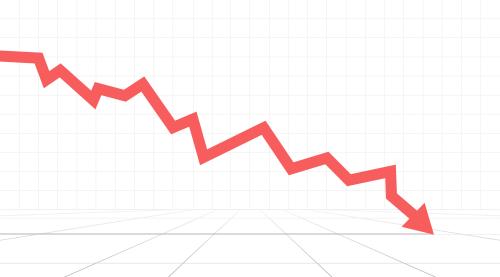This blog is based on a paper published on January 11, 2022.
In a new paper, we describe the extent to which various forms of economic income generated in the economy actually show up on tax forms. This information gives perspective on the extent to which such income is taxed, since a pure income tax would tax all forms of income. Tax data alone provides incomplete insights about this question because the income recorded on tax forms is already affected by tax rules, avoidance strategies, and non-compliance.
To address these issues, we use aggregate economic income data from the National Income and Product Accounts (NIPA) and Financial Accounts of the United States. Published IRS Statistics of Income (SOI) tables provide our measures of aggregate incomes reported on tax returns.
We group the various income flows into three categories: closely held business incomes; financial incomes such as interest and dividends; and a broad “other” income category that includes wages and salaries, pensions, Social Security, and Unemployment Insurance. In sensitivity analysis, we also add capital gains. Several technical adjustments are required to ensure that the NIPA and SOI data represent the same income concept.
After making those adjustments, Figure 1 shows that the fraction of NIPA income that shows up as SOI income varies by type of income and over time. The blue line shows that the ratio of SOI to NIPA measures of “other” income has been high and relatively constant, at 86 percent in 1994 and 84 percent in 2018, the small decline occurring in the last few years of the sample period.
The Brookings Institution is financed through the support of a diverse array of foundations, corporations, governments, individuals, as well as an endowment. A list of donors can be found in our annual reports published online here. The findings, interpretations, and conclusions in this report are solely those of its author(s) and are not influenced by any donation.
In contrast, the ratio of SOI to NIPA measures of income from closely held businesses and financial income is lower and has declined over time. The solid green line in Figure 1 shows that the ratio was 44 percent in 1994 and declined to 32 percent by 2018. That is, the nation has shifted from taxing less than half of economic measures of business and financial income to taxing less than a third of such incomes over that period. The green dashed line shows that if the technical adjustments made for qualified dividends (enacted in 2003) and qualified business income (enacted in 2017) were removed, the ratio would be 44 percent in 1994 and 40 percent in 2018, and thus it would still be the case that less than half of NIPA income shows up in SOI data.
Understanding the sources of the discrepancy between the NIPA and SOI income data—including tax laws, non-compliance, or differences in reporting of business losses—can have first-order implications for measuring and interpreting trends in the distribution of income and wealth. For example, determining the distribution of “missing” business income plays an important role in estimates of how top income shares have evolved over time (Auten and Splinter 2019; Kopczuk and Zwick 2020; Piketty, Saez, and Zucman 2018; Sabelhaus and Park 2020). Likewise, to the extent that the distribution of wealth is inferred by capitalizing income flows that appear on tax forms, the difference between economic income and tax-based income definitions could bias the results (Bricker et al. 2016; Saez and Zucman 2016; Smith, Zidar, and Zwick 2021).
Moreover, the large and growing divergence between NIPA measures of economic income and SOI measures of income on tax forms raises distributional and revenue questions: Which income groups have more of their economic income exempted from taxation? How much revenue could be gained from altering the tax base to include more of the currently excluded income? These questions would be best addressed with microeconomic data, a task we pursue in the full paper.
The Brookings Institution is financed through the support of a diverse array of foundations, corporations, governments, individuals, as well as an endowment. A list of donors can be found in our annual reports published online here. The findings, interpretations, and conclusions in this report are solely those of its author(s) and are not influenced by any donation.
The Brookings Institution is committed to quality, independence, and impact.
We are supported by a diverse array of funders. In line with our values and policies, each Brookings publication represents the sole views of its author(s).









Commentary
How much economic income shows up on tax forms?
December 21, 2021